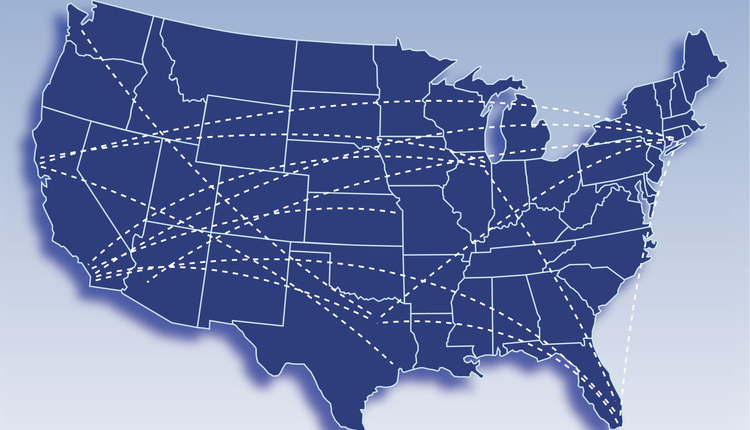While the Postal Service remains the cornerstone of a $1 trillion industry and will continue to be vital to the U.S. economy, the Postal Service will be insolvent next month due to significant declines in First-Class Mail volume, the effects of a Congressional mandate to prefund retiree health benefits and increases in network costs, wages and benefits.
The Postal Service has taken unprecedented steps over the past decade to reduce costs in areas within its control, including cost reductions totaling $12 billion in the past four fiscal years. To return to financial stability, the Postal Service seeks legislative changes to allow for network and workforce adjustments. Legislative action is needed to do the following:
Allow the Postal Service to establish its own health benefits programAllow the Postal Service to administer its own retirement systemGive the Postal Service the ability to adjust the size of its workforce to match operational needs and the changing marketplace.These proposals require changes in current law before they can be implemented. Two Postal Service white papers provide details on these options:
http://about.usps.com/news/national-releases/2011/pr11_wp_workforce_0812.pdf
http://about.usps.com/news/national-releases/2011/pr11_wp_hbretirees_0812.pdf
The new legislative proposals are in addition to ones previously identified, including:
Eliminate Congressionally mandated retiree health benefit pre-payments
Enable the Postal Service to access Federal Employees Retirement System overpayments
Give the Postal Service the authority to determine the frequency of mail delivery.
The Postal Service has taken unprecedented steps over the past decade to reduce costs in areas within its control, including cost reductions totaling $12 billion in the past four fiscal years. To return to financial stability, the Postal Service seeks legislative changes to allow for network and workforce adjustments. Legislative action is needed to do the following:
Allow the Postal Service to establish its own health benefits programAllow the Postal Service to administer its own retirement systemGive the Postal Service the ability to adjust the size of its workforce to match operational needs and the changing marketplace.These proposals require changes in current law before they can be implemented. Two Postal Service white papers provide details on these options:
http://about.usps.com/news/national-releases/2011/pr11_wp_workforce_0812.pdf
http://about.usps.com/news/national-releases/2011/pr11_wp_hbretirees_0812.pdf
The new legislative proposals are in addition to ones previously identified, including:
Eliminate Congressionally mandated retiree health benefit pre-payments
Enable the Postal Service to access Federal Employees Retirement System overpayments
Give the Postal Service the authority to determine the frequency of mail delivery.
The Postal Service receives no tax dollars for operating expenses, and relies on the sale of postage, products and services to fund its operations.
